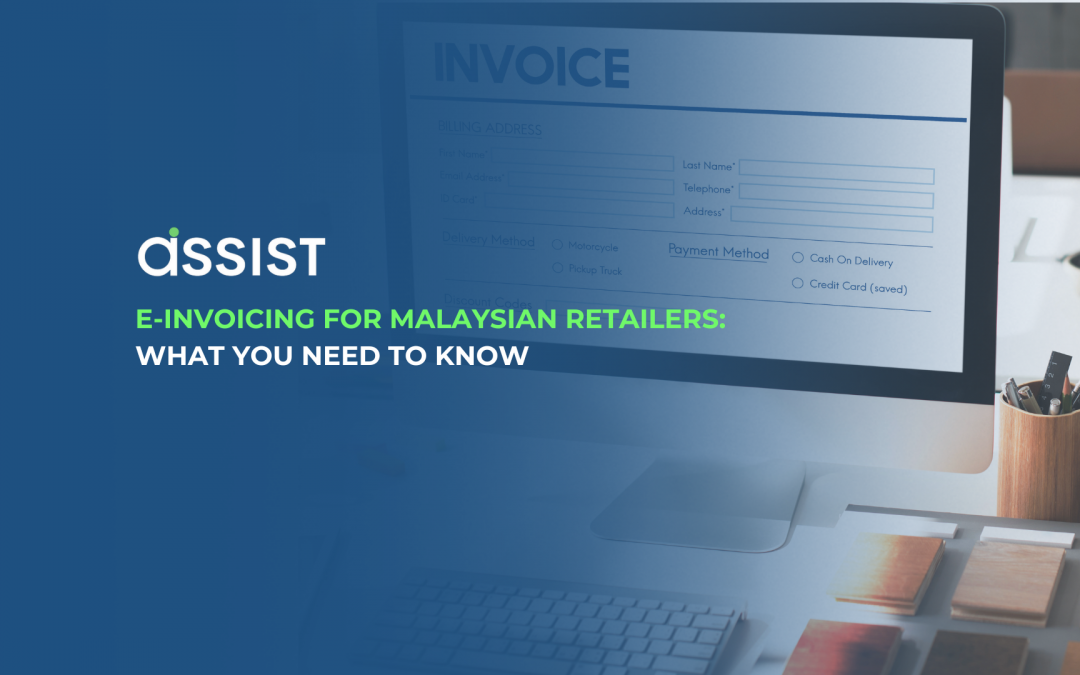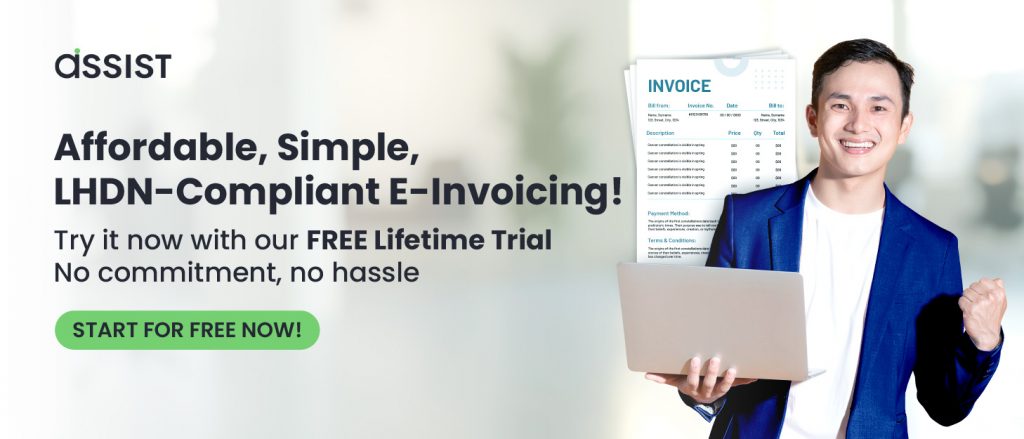E-invoicing is transforming the way businesses handle transactions. In Malaysia, the adoption of e-invoicing is gaining momentum due to its efficiency, cost savings, and regulatory benefits. The Inland Revenue Board of Malaysia (Lembaga Hasil Dalam Negeri Malaysia, or LHDN) is spearheading this initiative to enhance tax compliance and digitalize financial processes. Retailers must understand its implementation, compliance requirements, and advantages to stay ahead in the competitive market.
What is E-Invoicing?
E-invoicing refers to the electronic exchange of invoices between businesses and customers. Instead of traditional paper invoices, digital formats ensure faster processing and reduced errors. Many countries have already embraced this technology, and Malaysia is following suit to streamline tax reporting and business operations.

Why is E-Invoicing Important for Malaysian Retailers?
The Malaysian government is promoting e-invoicing as part of its digital transformation agenda. This system enhances transparency, improves tax compliance, and reduces fraud. Additionally, it simplifies bookkeeping, ensuring businesses stay organized and efficient.
Benefits of E-Invoicing
Malaysian retailers can gain several advantages from implementing e-invoicing:
✔️ Cost Reduction
Eliminating paper invoices reduces printing, storage, and mailing costs.
✔️ Faster Transactions
Automated processes speed up invoicing, reducing delays and improving cash flow.
✔️ Error Minimization
Digital formats reduce human errors, ensuring accuracy in financial records.
✔️ Environmental Sustainability
Less paper usage contributes to a greener business model.
✔️ Improved Tax Compliance
E-invoicing aligns with government regulations, making tax filing easier.
Compliance with Malaysian Regulations
To comply with local laws, retailers must understand e-invoicing regulations. The Malaysian government has introduced guidelines to facilitate a smooth transition. Businesses must ensure their invoicing systems integrate with the tax authorities’ requirements. Staying updated with legal changes is crucial to avoiding penalties and maintaining compliance.
How to Implement E-Invoicing in Your Retail Business
Transitioning to e-invoicing involves several steps. Follow these guidelines to ensure a seamless implementation:
1. Choose the Right E-Invoicing Solution
Select a platform that meets your business needs and complies with local regulations.
2. Integrate with Accounting Software
Ensure compatibility with existing financial systems for smoother operations.
3. Train Employees
Educate your team on the new invoicing process to avoid disruptions.
4. Notify Customers and Suppliers
Inform stakeholders about the transition to ensure a smooth adaptation.
5. Monitor and Optimize
Regularly assess system performance and make necessary improvements.
Challenges and How to Overcome Them
While e-invoicing offers many benefits, businesses may face some challenges during implementation:
✅ Technical Integration Issues
Choosing a reliable software provider minimizes compatibility problems.
✅ Resistance to Change
Educating employees and stakeholders helps ensure smooth adoption.
✅ Compliance Uncertainty
Staying updated with regulatory changes prevents legal risks.
Conclusion
E-invoicing is revolutionizing retail transactions in Malaysia. Embracing this system enhances efficiency, reduces costs, and ensures compliance with tax regulations. Retailers must act now to integrate e-invoicing into their operations and stay ahead in the evolving digital landscape. By adopting best practices, businesses can maximize the benefits and improve overall financial management.
🚀 Streamline Your Invoicing with Assist E-Invoice Software!
Struggling with manual errors, tax compliance, or slow invoicing? Assist E-Invoice Software is here to transform the way you handle invoices—quickly, accurately, and effortlessly.
✨ Key Benefits:
✅ Automated Invoicing – No more paperwork or human errors.
✅ Real-Time Accuracy – Stay compliant and tax-ready with ease.
✅ Faster Payments – Get paid quicker with seamless digital transactions.
💡 Embrace the future of invoicing—efficient, secure, and stress-free!
Frequently Asked Questions(FAQ)
What is e-invoicing?
E-invoicing is the digital exchange of invoices between businesses and customers, replacing traditional paper invoices with electronic formats.
Is e-invoicing mandatory in Malaysia?
The Malaysian government is gradually implementing e-invoicing regulations, and businesses should stay updated with compliance requirements.
What are the benefits of e-invoicing for retailers?
E-invoicing reduces costs, speeds up transactions, minimizes errors, improves tax compliance, and supports environmental sustainability.
How can retailers implement e-invoicing?
Retailers can implement e-invoicing by choosing the right solution, integrating it with accounting software, training employees, informing stakeholders, and continuously optimizing the system.
What challenges do businesses face with e-invoicing?
Challenges include technical integration issues, resistance to change, and compliance uncertainties. Proper planning and training can help overcome these obstacles.


Recent Comments